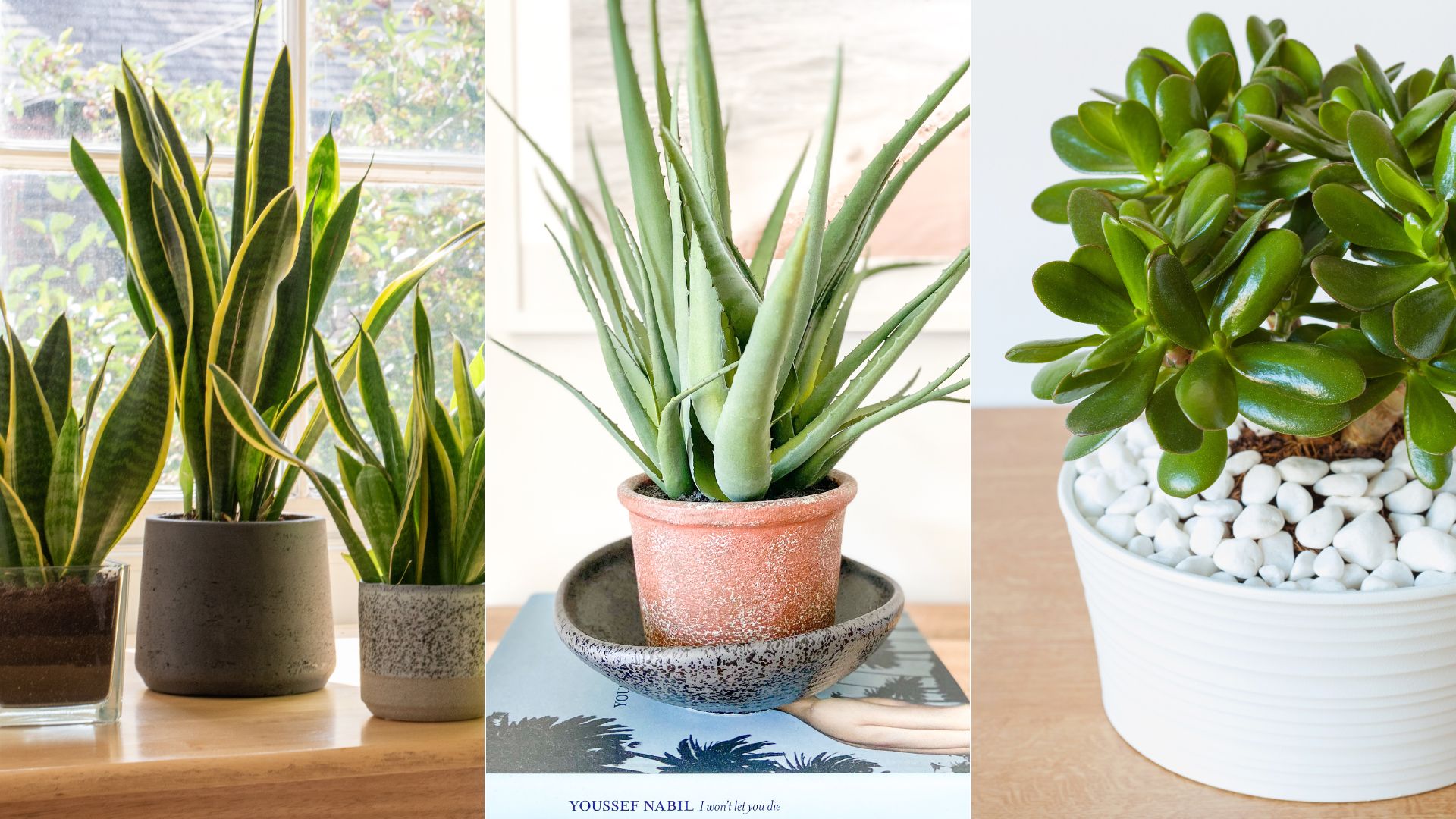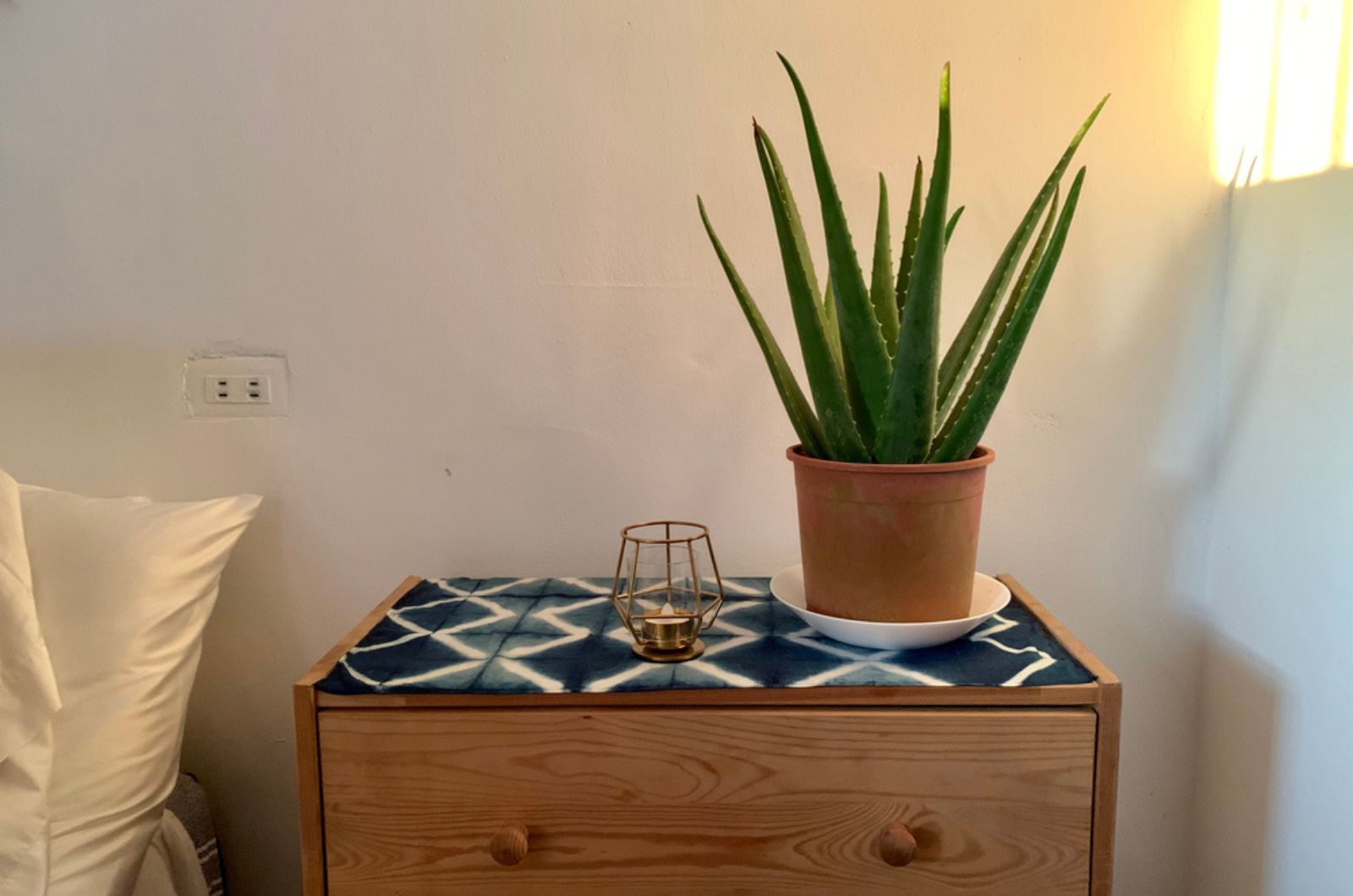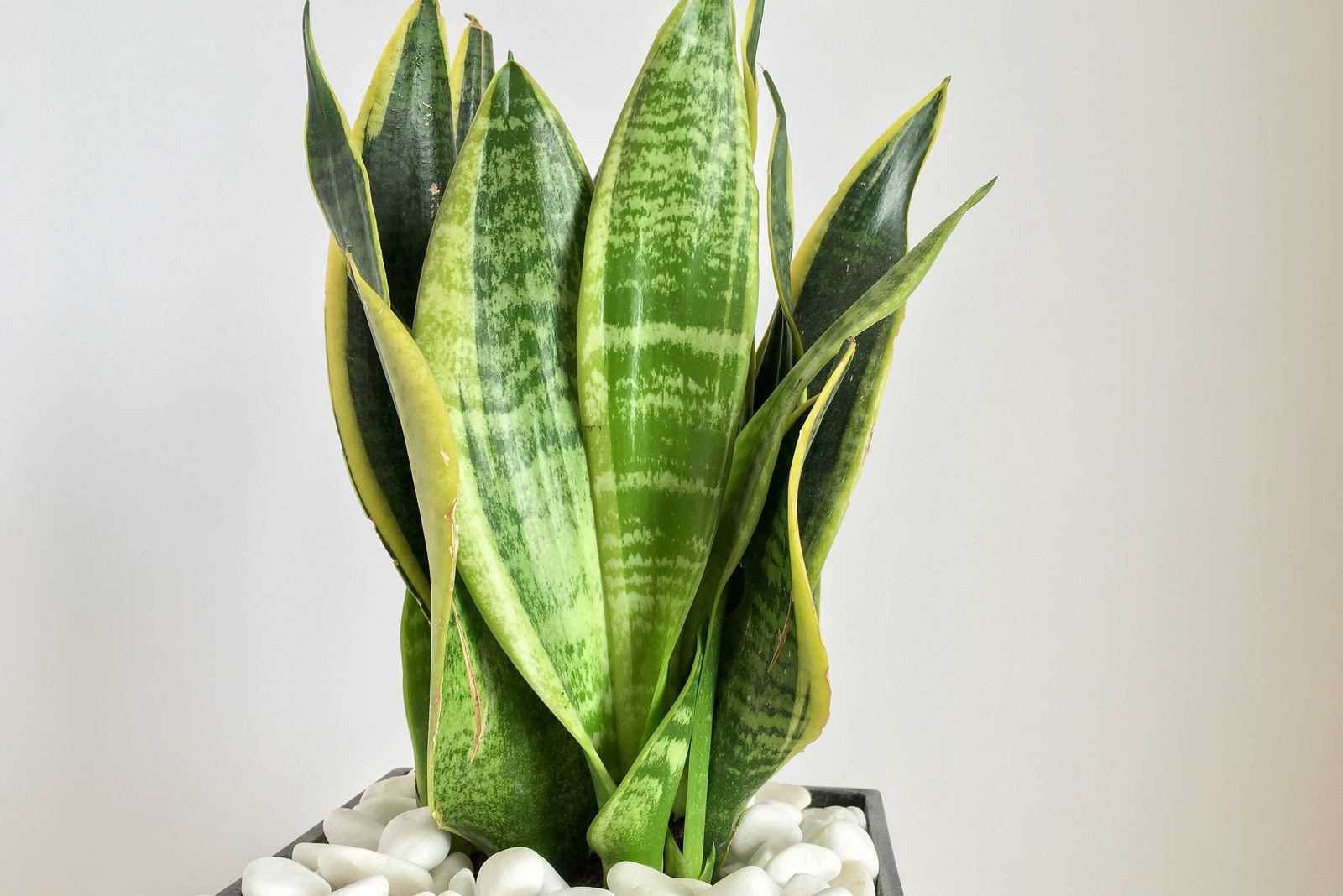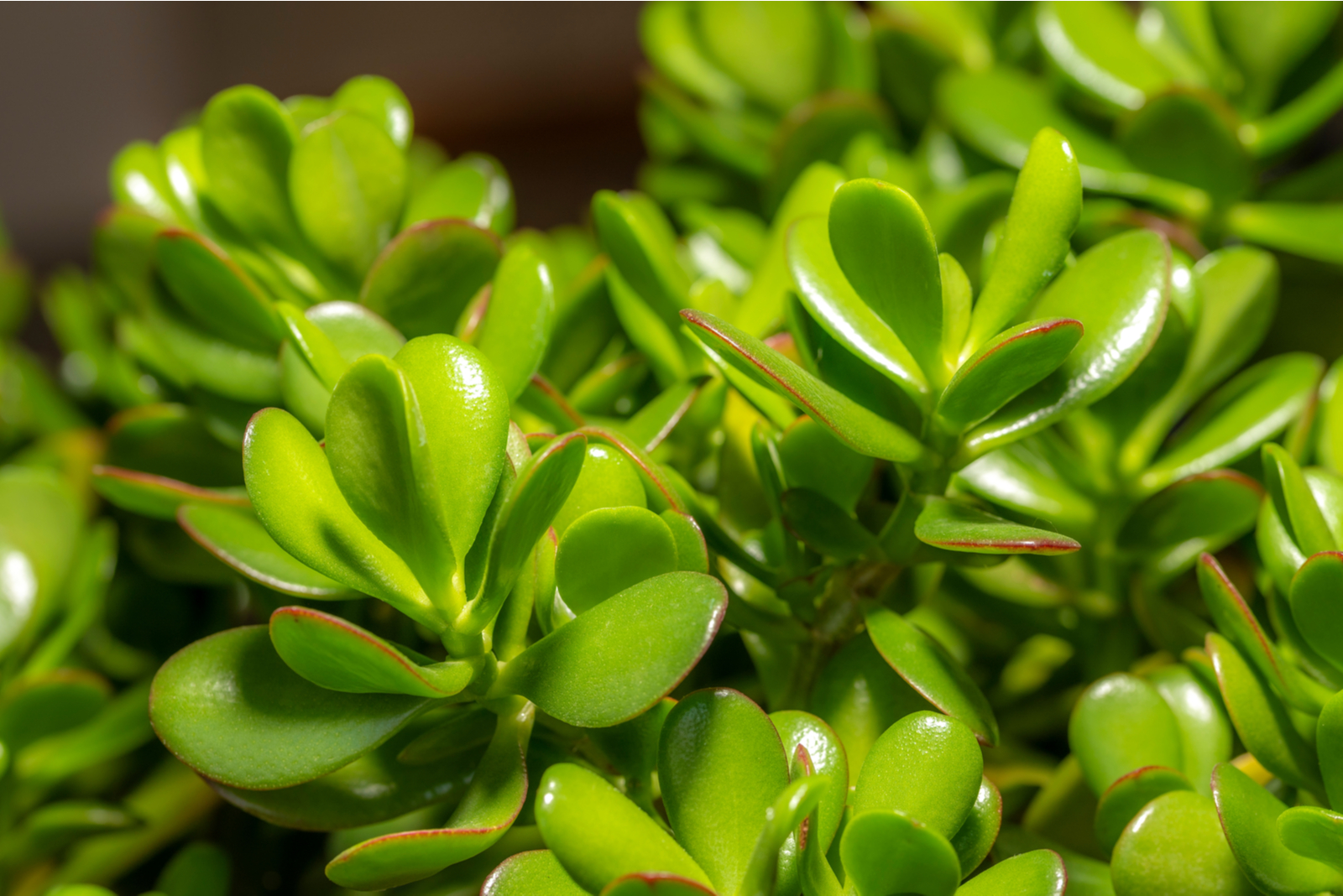Succulents are known for being hardy plants that can thrive in poor growing conditions, but did you know that there are some succulents that can also produce oxygen at night?
While most plants release oxygen during the day through photosynthesis, these special succulents continue to produce oxygen even after the sun goes down.
This is all thanks to a process called Crassulacean acid metabolism (CAM). Carbon dioxide is stored during the night through stomata openings to minimize water loss during the day. As a result, trace amounts of oxygen are released [1].
So, instead of spending money on air purification, simply grow some of these plants. Let’s see the plants in question and how to grow them as well!
1. Aloe Vera
You are probably already familiar with the wonders that this unique plant offers – from medicinal and cosmetic applications to culinary and aesthetic purposes.
Like other CAM plants, Aloe vera also uses Crassulacean acid metabolism to efficiently use water and survive in dry conditions. In return, oxygen is released [2].
However, that’s not all!
According to a NASA study, Aloe vera is also on the list of air-purifying plants that can remove pollutants like benzene and aldehydes while also converting CO2 to oxygen at night.
So, get yourself an Aloe and enjoy the fresh air!
2. Snake Plant
If you were wondering about snake plant oxygen providers, then you will be surprised to hear that this plant is considered to be one of the best air purifying plants out there!
The list of harmful compounds that this plant can eliminate from the air includes benzene, toluene, xylene, formaldehyde, and trichloroethylene. The majority of these are present in cosmetics, dyes, adhesives, plastics, paints, and other products.
At night, the plant transforms a lot of CO2 to O2, so growing several in one space is ideal. According to NASA, ten to one thousand plants would be required per square foot of floor space in order to compete with a few open windows or an air handling system for a building.
Snake plants can help reduce dust, spores, dander, and other allergens in the air, which can lower the risk of allergic reactions from inhaling or being exposed to these particles [3].
3. Jade Plant
The Jade plant is a lovely succulent that can make your room look more lively and at the same time improve indoor air quality. It is known to effectively remove chemicals like toluene and xylene from the air.
It is a long-living plant so you will end up with a free air purifier for quite a long time!
It is also believed that the Jade plant attracts good fortune and luck into the home.
If you are interested in learning more about money plants, then check out: 10 Types of Money Plant That Can Bring You Good Fortune
References:
1. Winter, K., & Holtum, J. A. (2014). Facultative crassulacean acid metabolism (CAM) plants: powerful tools for unraveling the functional elements of CAM photosynthesis. Journal of Experimental Botany, 65(13), 3425-3441.
2. Kluge et al. (1979). Crassulacean Acid Metabolism (CAM) in Leaves of Aloe arborescens Mill: Comparative Studies of the Carbon Metabolism of Chlorenchym and Central Hydrenchym. Planta Journal
3. Wilson D. (2023). 7 Benefits of Keeping Snake Plants In Your Home. Healthline




